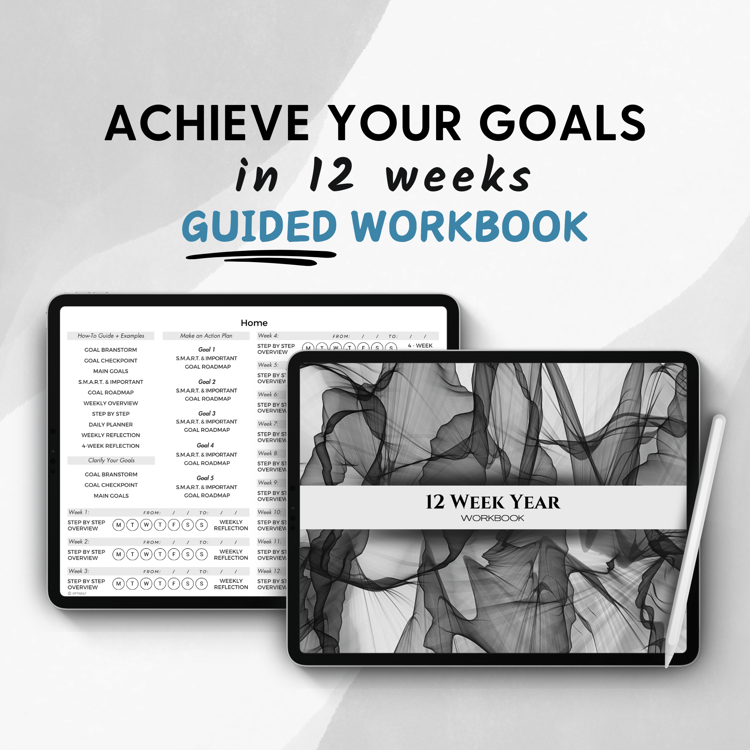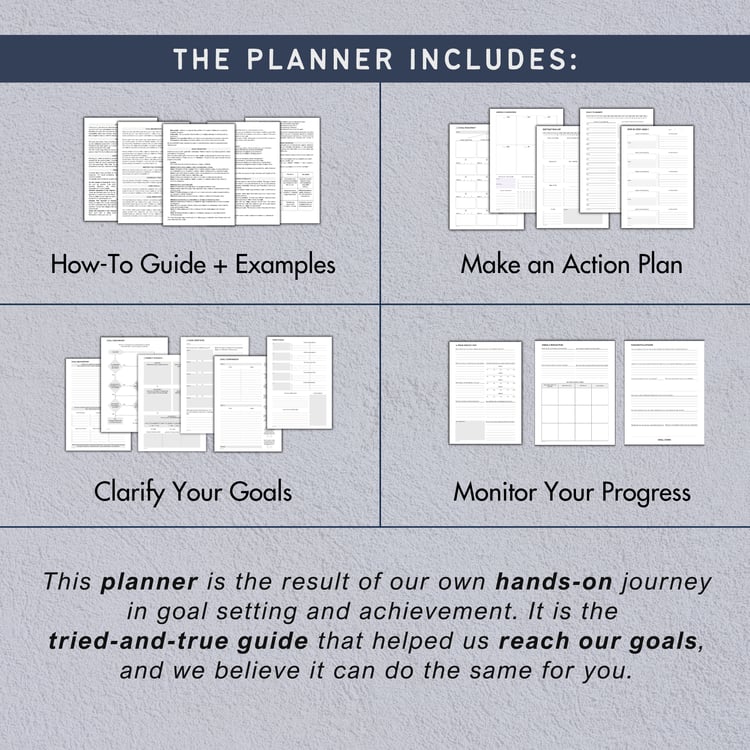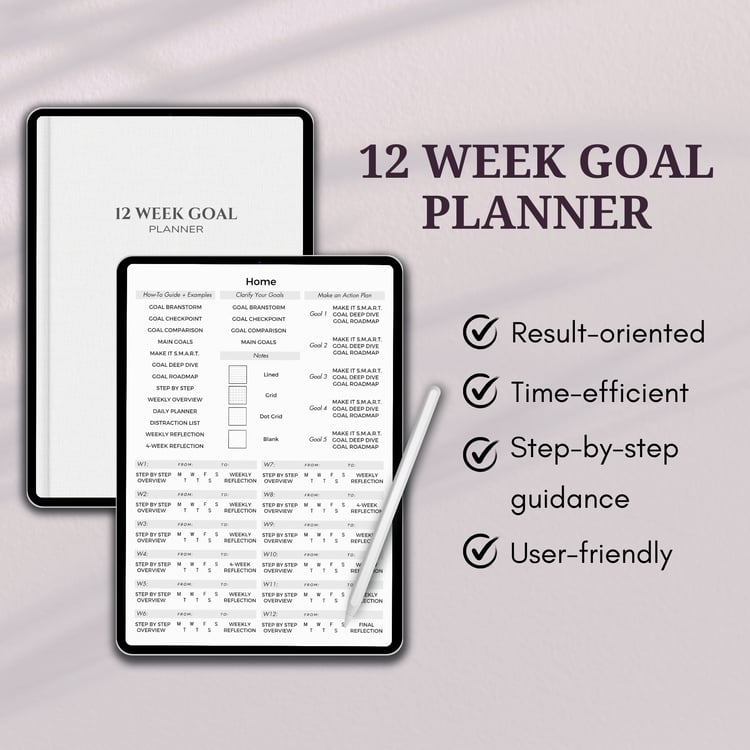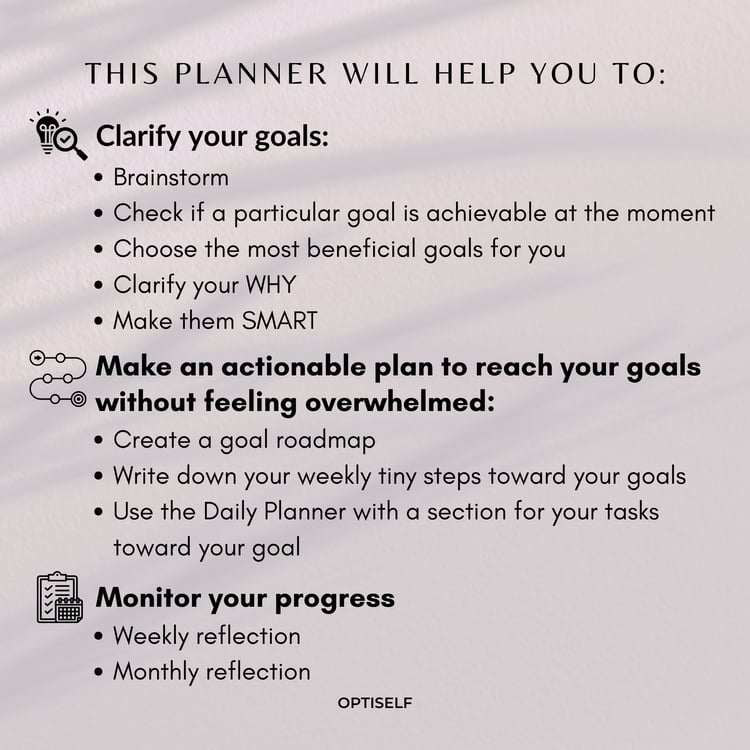Life has a way of throwing curveballs—unexpected setbacks, plans that fall apart, losses that leave us reeling, or just those days when everything seems to be going wrong. But that's where resilience plays a crucial role. Think of it as your personal "bounce-back" muscle—it’s the inner strength that helps you keep going even when everything around you feels like it’s falling apart.
Resilience isn’t just about pushing through tough times; it’s about evolving and learning from the experience, becoming stronger, wiser, and more adaptable in the process. It’s not just about surviving the storm but about thriving after it. So forget the typical "stay strong" advice; true resilience goes deeper than that. It’s about real, tangible strategies to face life’s challenges head-on and come out stronger on the other side.
Here are 10 unique ways to actively build resilience and face whatever life throws your way, with a mindset that fosters growth, healing, and strength.
1. Practice Controlled Exposure to Discomfort

One of the best ways to become tougher is to gradually expose yourself to discomfort in a controlled way. Take cold showers, walk in the rain without an umbrella, or skip a meal now and then. Try engaging in physically or mentally challenging activities, such as hiking a difficult trail, practicing public speaking, or fasting for a short period. These small but intentional challenges train your mind to handle discomfort and stress more effectively, making you more adaptable and resilient in daily life.
2. Set Absurdly Tiny Goals to Minimize Resistance
Big goals can be overwhelming, leading to procrastination. Instead, set goals so small they seem almost silly—like doing one push-up, reading one sentence, or writing one sentence in a journal. The key is to lower the initial barrier to action. Once you start, momentum naturally builds, making it easier to keep going. Over time, these small habits compound, leading to significant progress without feeling like an uphill battle.
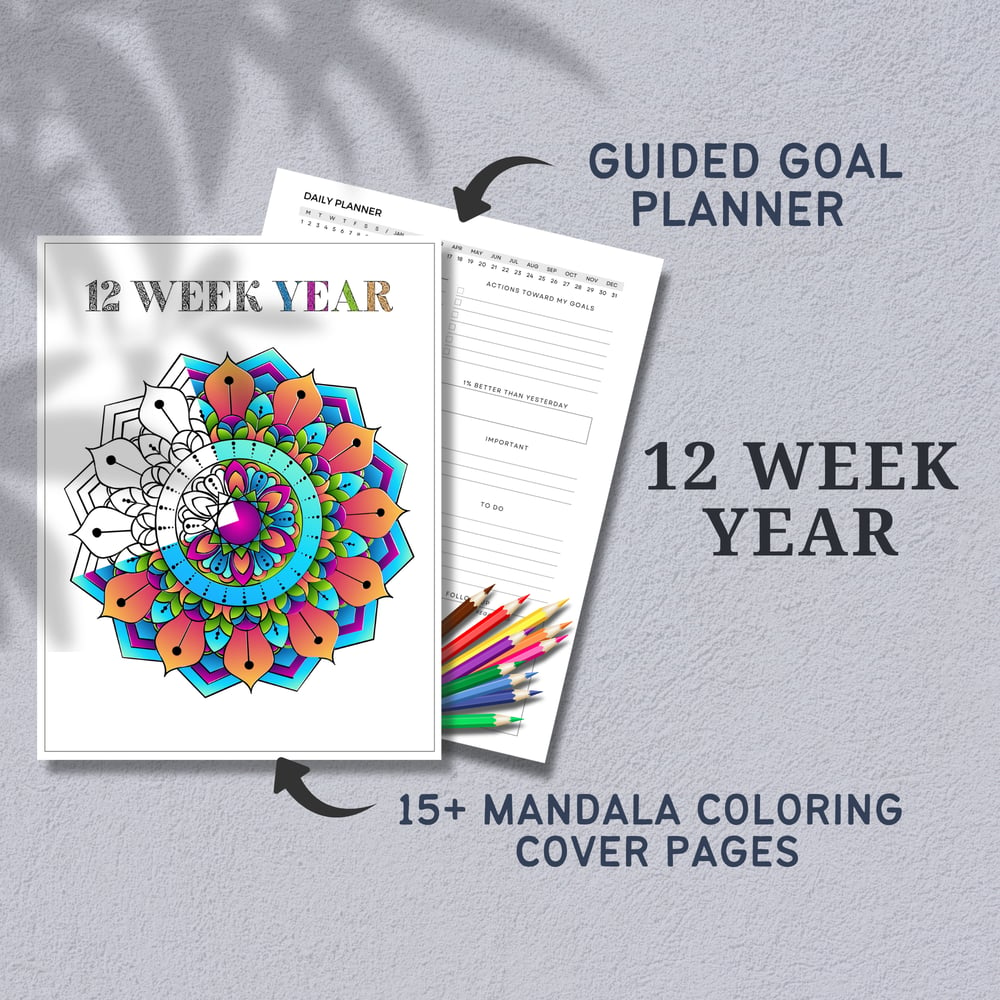
If you struggle with setting and achieving your goals, check out our 12 Week Year Planner, which is based on our personal journey of goal-setting and achievement. It’s the tool that helped us succeed, and we believe it can help you too.
3. Use Reverse Gratitude
Instead of just appreciating what you have, try imagining life without it. How would it feel to lose your job, your home, or your health? Envision the daily struggles, emotional toll, and adjustments you would have to make. This mental exercise shifts your perspective, deepens your gratitude, and strengthens your ability to handle loss by helping you develop a mindset that values and cherishes what you currently have. It also prepares you mentally for potential hardships, making you more adaptable when facing real-life setbacks.
4. Adopt the “Good Enough” Rule

Perfectionism can be paralyzing. Instead of trying to get everything exactly right, aim for “good enough.” Striving for perfection often leads to unnecessary delays and anxiety, whereas embracing imperfection allows for steady progress. This mindset frees you to take action, reduces stress, and helps you keep moving forward without getting stuck on minor details. Over time, focusing on progress rather than perfection leads to greater achievements and personal growth.
5. Use the “5-Year Rule”
When faced with a challenge, ask yourself, “Will this matter in five years?” Most of the time, the answer is no. This simple question helps put problems in perspective and stops you from overreacting to temporary setbacks. It encourages a long-term view, allowing you to redirect energy toward solutions rather than stress. By focusing on what truly matters in the grand scheme of things, you develop the ability to let go of minor inconveniences and maintain emotional balance.
6. Develop an Alter Ego

When you’re struggling, channel an alter ego—someone who embodies the traits you want to develop. Think of Beyoncé’s “Sasha Fierce” or a superhero version of yourself. Give this alter ego a name, a backstory, and specific qualities that you aspire to. Imagine how they would tackle challenges with confidence and determination. This technique helps separate fear from action, making it easier to push through tough moments by allowing you to step into a more fearless, empowered version of yourself.
7. Use “If-Then” Planning
Instead of just hoping for the best, prepare for obstacles with “If-Then” statements. For example: “If I feel like quitting my workout, then I’ll do just five more minutes.” This method keeps you prepared and prevents small setbacks from derailing your progress. By identifying potential hurdles in advance and crafting specific responses, you create a structured approach to overcoming obstacles. This technique helps reinforce discipline, reduces decision fatigue, and empowers you to stay on track even when motivation wanes.
8. Create a Personal Resilience Manifesto
Write down your core beliefs about resilience—things like, “I am stronger than my challenges” or “Every setback is a setup for a comeback.” Expand this by including personal experiences where you’ve overcome adversity, lessons learned, and affirmations that resonate with you. Reading your own words of encouragement in tough times can be a powerful motivator, reinforcing your inner strength and reminding you of your ability to persevere.
9. Identify and Track Micro-Wins

Big achievements take time, but small victories happen daily. Keep a journal of tiny wins—whether it’s waking up on time, finishing a task, or handling a difficult conversation well. Recognizing these small successes helps reinforce a growth mindset and fosters motivation. Tracking micro-wins not only helps you see progress but also creates a record of resilience that you can look back on during tough times, reminding you of how far you’ve come and giving you the confidence to keep pushing forward.
10. Do Hard Things Daily
Resilience is like a muscle—it gets stronger the more you use it. Do something difficult every day, whether it’s having an uncomfortable conversation, waking up earlier than usual, or pushing through a tough workout.
Challenge yourself to step outside your comfort zone in small but meaningful ways, such as learning a new skill, engaging in deep focus work, or voluntarily taking on responsibilities that stretch your abilities. Over time, this practice builds mental toughness, emotional endurance, and a greater capacity to handle stress and adversity with confidence.
Resilience isn’t something you’re born with—it’s something you build, one challenge at a time. Every setback is an opportunity to grow, and every challenge you face strengthens your ability to handle the next one. By practicing these 10 techniques, you’re not just surviving—you’re thriving. Start small, be consistent, and watch your resilience grow!


